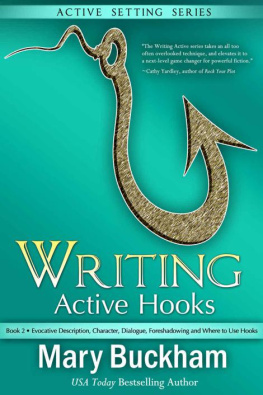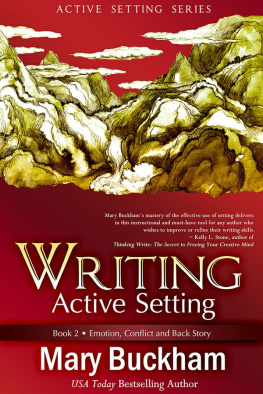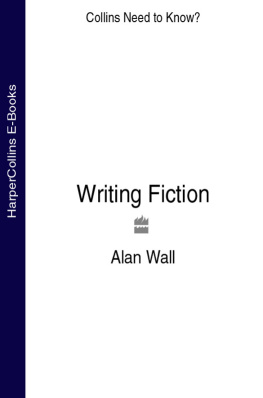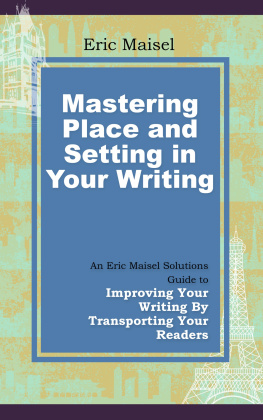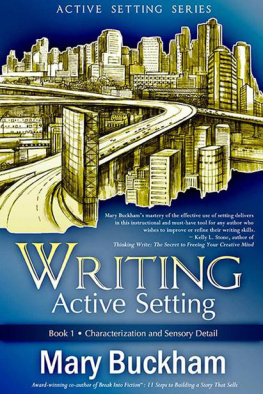Mary Buckham - A Writers Guide to Active Setting: How to Enhance Your Fiction with More Descriptive, Dynamic Settings
Here you can read online Mary Buckham - A Writers Guide to Active Setting: How to Enhance Your Fiction with More Descriptive, Dynamic Settings full text of the book (entire story) in english for free. Download pdf and epub, get meaning, cover and reviews about this ebook. year: 2015, publisher: Writers Digest Books, genre: Detective and thriller. Description of the work, (preface) as well as reviews are available. Best literature library LitArk.com created for fans of good reading and offers a wide selection of genres:
Romance novel
Science fiction
Adventure
Detective
Science
History
Home and family
Prose
Art
Politics
Computer
Non-fiction
Religion
Business
Children
Humor
Choose a favorite category and find really read worthwhile books. Enjoy immersion in the world of imagination, feel the emotions of the characters or learn something new for yourself, make an fascinating discovery.

- Book:A Writers Guide to Active Setting: How to Enhance Your Fiction with More Descriptive, Dynamic Settings
- Author:
- Publisher:Writers Digest Books
- Genre:
- Year:2015
- Rating:4 / 5
- Favourites:Add to favourites
- Your mark:
A Writers Guide to Active Setting: How to Enhance Your Fiction with More Descriptive, Dynamic Settings: summary, description and annotation
We offer to read an annotation, description, summary or preface (depends on what the author of the book "A Writers Guide to Active Setting: How to Enhance Your Fiction with More Descriptive, Dynamic Settings" wrote himself). If you haven't found the necessary information about the book — write in the comments, we will try to find it.
Setting is one of the most underutilized and misunderstood elements of the writing craft. And when writers do focus on setting, they often pull readers out of the narrative and jolt their attention from the action on the page.
A Writers Guide to Active Setting will show you how to create vivid, detailed settings that bring your story to life. Youll learn how to deepen character development, anchor readers to a specific time and place, reveal backstory without slowing things down, elevate action sequences, and more.
Drawing upon examples from authors writing across a variety of genres, Mary Buckham will illustrate exactly how the proper use of setting can dramatically improve your story. Youll learn whats effective about each passage and how you can use those techniques to make your story shine.
Takes an all too often overlooked technique, and elevates it to a next-level game changer for powerful fiction. --Cathy Yardley, author of Rock Your Plot
A powerful combination of fresh insights, practical examples, and how-to advice on the often overlooked but critical element of setting...written in a quick-to-read and easy-to-understand style, and packed with useful application exercises. --Kelly L. Stone, author of Thinking Write: The Secret to Freeing Your Creative Mind
If youre a writer, then Mary Buckhams book is a must-have tool for your writers toolkit. Creating settings that are rich and believable is not an easy task, but with this book, I found that each chapter gave me great tips that I could immediately implement in my manuscript. --Laurie G. Adams, author of Finding Atticus
Mary Buckham: author's other books
Who wrote A Writers Guide to Active Setting: How to Enhance Your Fiction with More Descriptive, Dynamic Settings? Find out the surname, the name of the author of the book and a list of all author's works by series.

